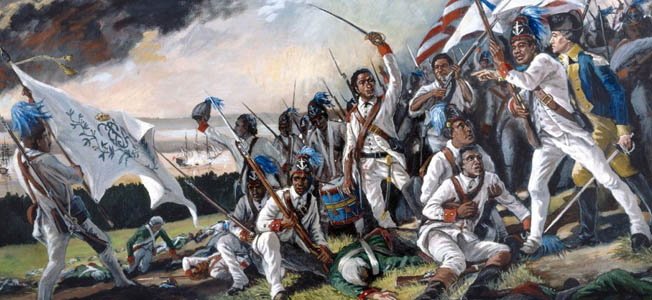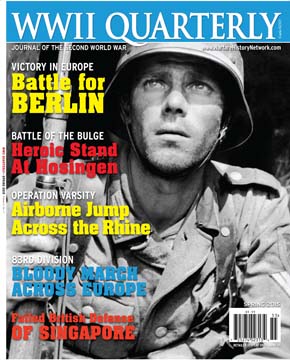
New York
The War of 1812: Slugfest at the Battle of Lundy’s Lane
by Mike PhiferIn the cover of darkness and fog, American troops quietly made their way down to the edge of the Niagara River. Read more

New York
In the cover of darkness and fog, American troops quietly made their way down to the edge of the Niagara River. Read more

New York
For four breathlessly hot days in mid-July 1863, New York City became the northernmost battleground of the Civil War. Read more

New York
Although Union Colonel Silas Colgrove had previously led his men through some of the most horrific fighting in the eastern theater of the Civil War, the order he received on the morning of July 3, 1863, in the woods near Culp’s Hill at Gettysburg, was the most unnerving he had ever received. Read more

New York
When Maj. Gen. Curtis Lemay, the hard-driving commander of the Twentieth U.S. Air Force based in Guam, decided to change tactics in early 1945 to boost the effectiveness of the B-29 Superfortress, it was the Bell Aircraft plant in Marietta, Georgia, that ultimately provided him with the stripped-down bombers that played such a key role in ending the war in the Pacific. Read more

New York
When the destroyer USS Reuben James (DD-245) was assigned to convoy duty in the North Atlantic in the autumn of 1941, its crew had a sense of foreboding and feared the worst. Read more

New York
They said it couldn’t be done. Doubters chided Henry Ford for declaring that his Willow Run Bomber Plant could turn out a B-24 Liberator heavy bomber every hour. Read more

New York
By Mike Haskew
Union General William T. Sherman was a friend and trusted subordinate of General Ulysses S. Grant, commander of all Union armies in the field during the Civil War. Read more

New York
An Associated Press report described “a chorus of hisses and boos” that echoed through the chamber when the Congresswoman from Montana cast her vote. Read more

New York
Winter was the calmest period for Civil War soldiers. Knowing that there was no combat immediately looming on the horizon allowed the soldiers to relax and recuperate in ways they had not been able to enjoy beafore. Read more

New York
Although a large number of colonial slaves fled their condition of involuntary servitude seeking freedom through service to the British Army, an estimated 5,000 African Americans served in the Continental Army during the American Revolution. Read more

New York
On June 19, 1778, Continental soldiers marched out of Valley Forge, happy to leave the rough wooden cabins where they had spent a miserable winter; cold, hunger, and disease had been their constant companions. Read more

New York
Not all World War II heroes were men or women. Some were four-legged, hoofed, or winged. They included horses and mules, elephants, and dogs as well as more exotic animals such as bats, camels, reindeer, and pigeons. Read more

New York
In May 1945—70 years ago—the Supreme Headquarters Allied Expeditionary Force (SHAEF) sent out a terse, unemotional, 15-word communiqué: “The mission of this Allied force was fulfilled at 0241 local time, May 7, 1945.” Read more

New York
On the morning of July 8, 1758, the largest field army yet gathered by the British Empire in North America stood a mile from a French stone fort in the forests of what was then the colony of New York. Read more